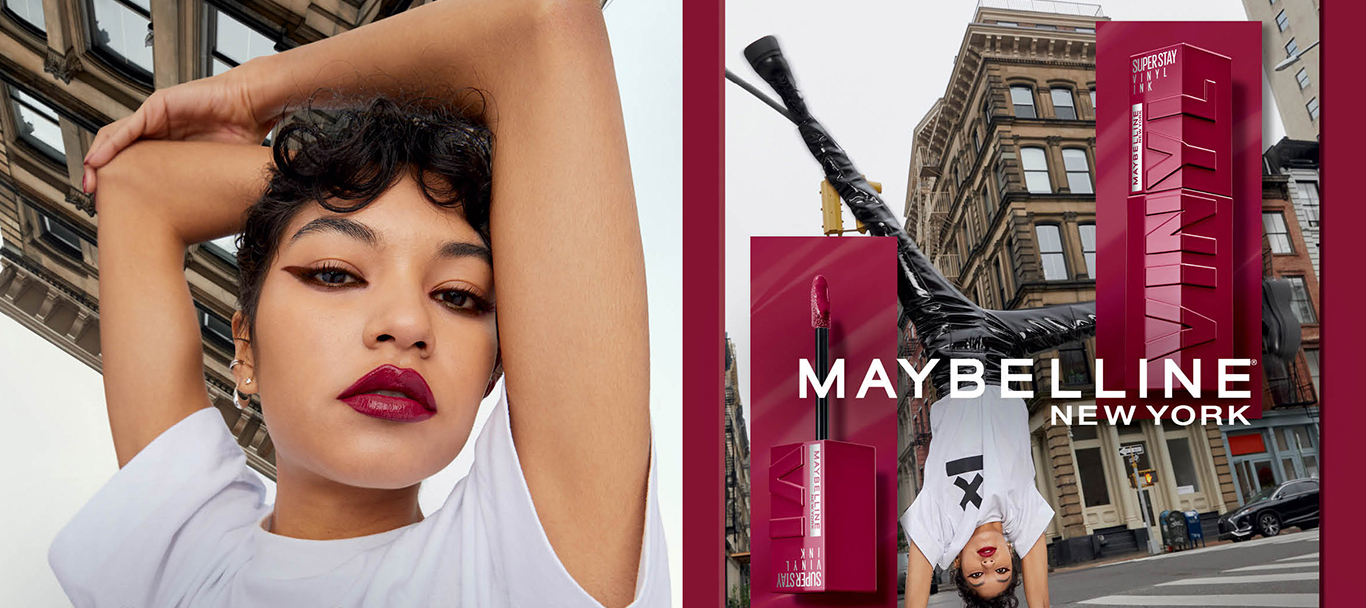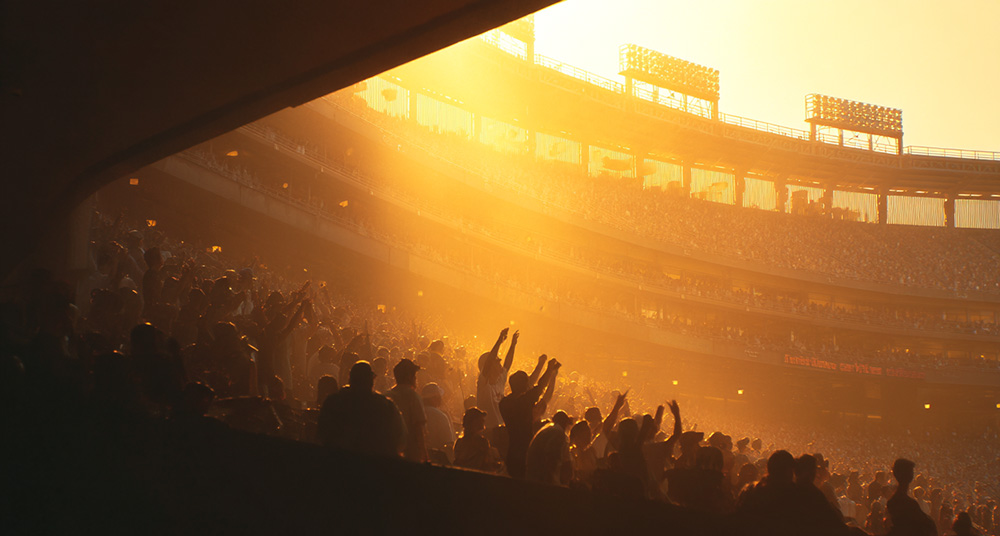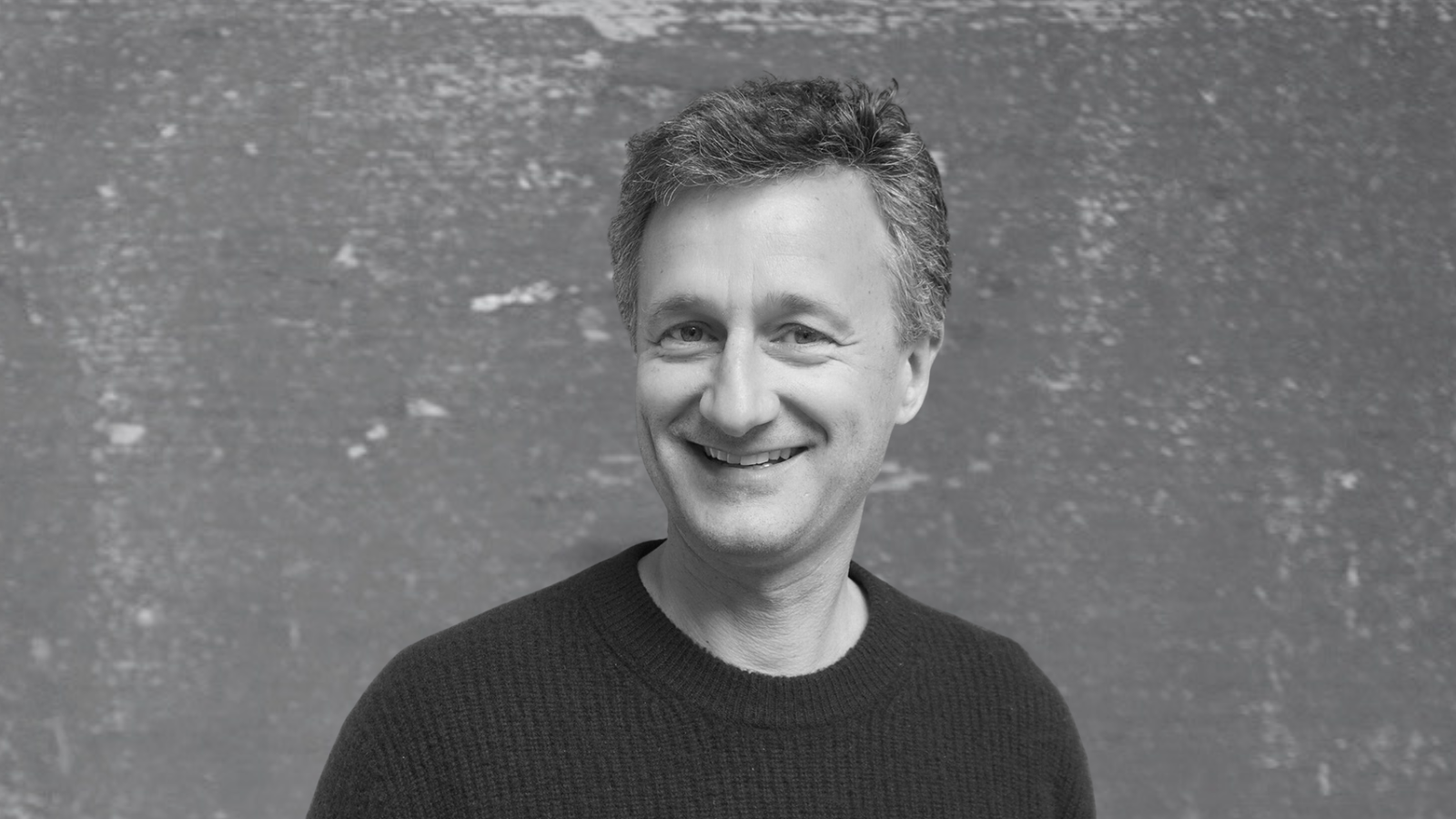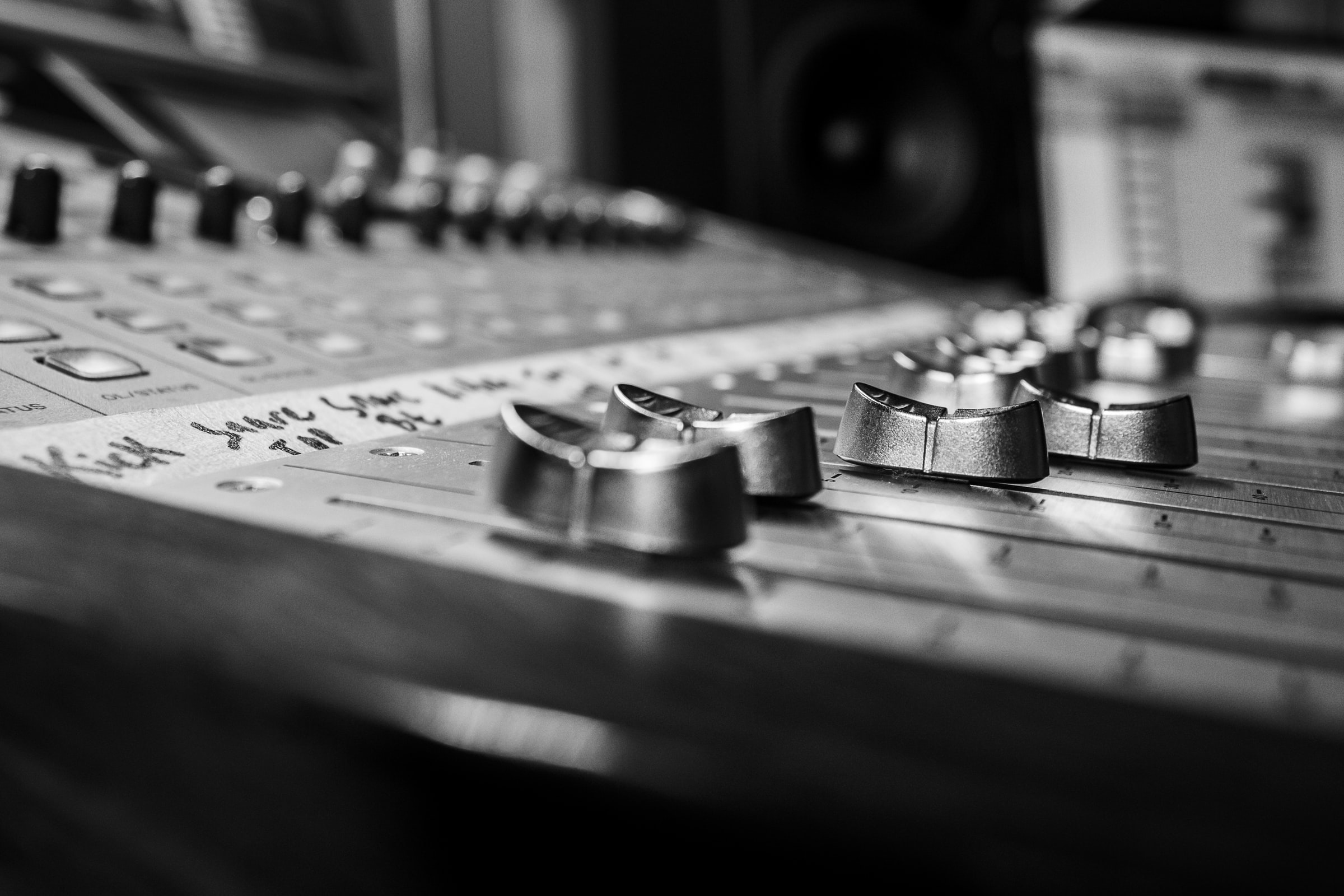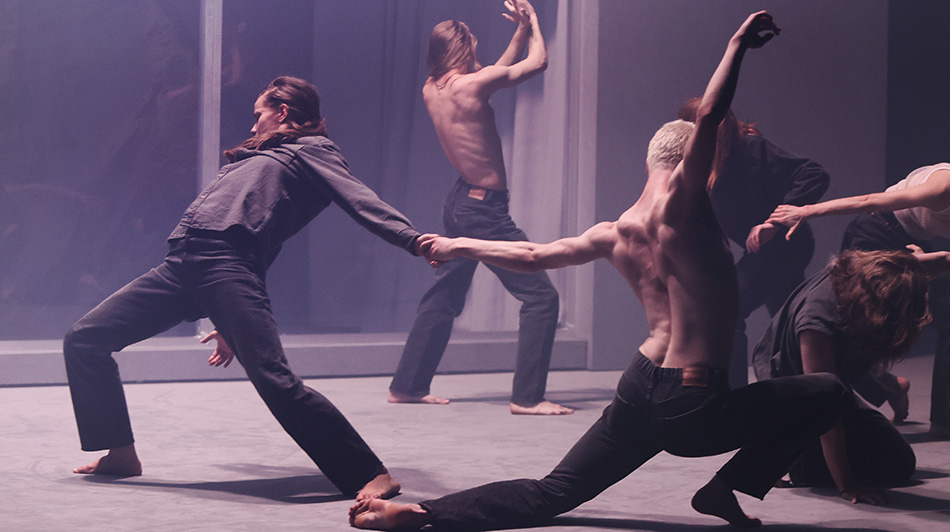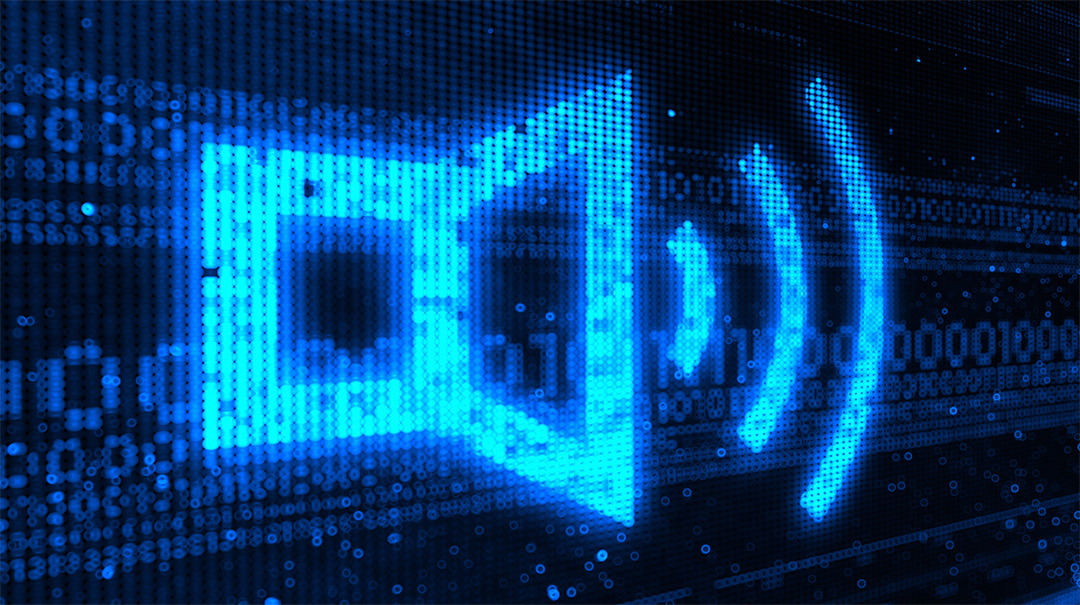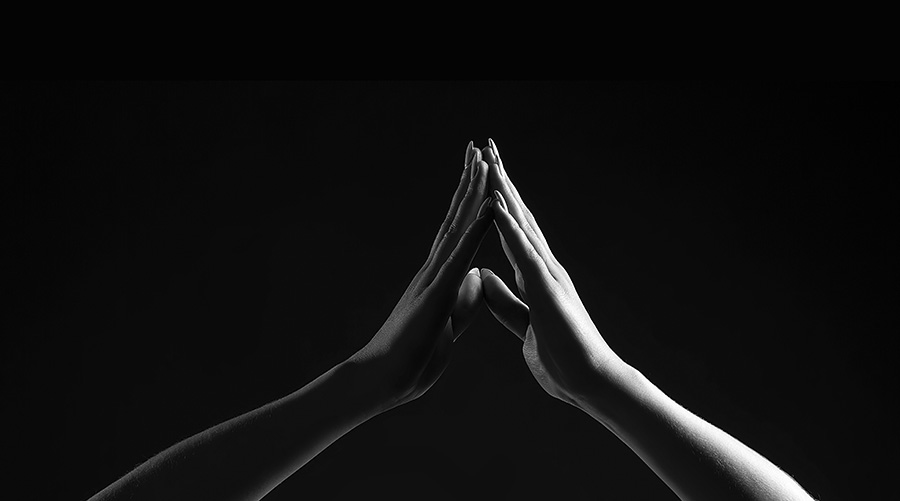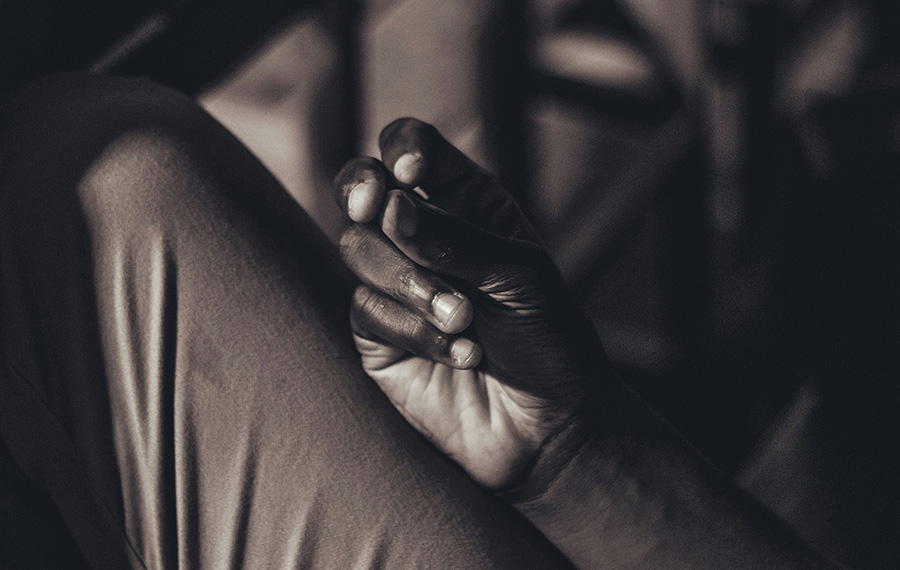A Personal Preference
Our choices are governed by personal preference.
We always favor one choice over another when making up our minds. Choosing a beauty brand or product is no different. When it comes to creams, powders, balms, oils, serums, and foams, the choices are endless. And although each choice specifically lists the ideal user, we still decide based on our gut, “How does this product make me feel?”
Those decisions sometimes last a lifetime. We “decide” that this product is best and use it until we feel differently. And if we are extremely happy with our decision, then we promote that product over others to our family and friends.
Many factors determine our devotion. We like the feel of a container, we like what it smells like, we like what it looks like, and in some cases, we like what it tastes like. However, what if we choose a product because of what it sounds like?
With the global beauty industry valued at over $500 billion, why wouldn’t beauty brands want to complete the emotionally driven experience with a unique branded sound?
Can You Hear a Lipstick?
I can still hear those Friday nights from my tween years when I’d watch my best friend’s older sister get ready for a night out. The sound of her makeup compact opening and the gentle click of her lipstick were like little rituals—those final touches before everything went into her purse for later touchups. I remember wishing I could fast-forward; just to be a bit older and to join in on the fun.
Many of us can relate to these universal sounds of product and application but they don’t tell the story of one brand over another. These sounds help set the stage without telling a brand-specific story.
That’s where branded music comes in.
Maybe It’s Maybelline
Maybelline New York, one of the world’s leading cosmetics brands, hired Sixième Son to create a sonic ecosystem. They wanted a sound that would reflect an updated view of the brand and resonate with new, younger, and long-term customers alike. To add to the strength of the sonic territory, Sixième Son also audited the original jingle, “Maybe It’s Maybelline” to see how well it tested among the global GenZ audience.
The initial research found that the jingle from the 90s still had quite a bit of relevance. In 2013, the tagline “Maybe It’s Maybelline” was the #1 most recognized tag in the UK. By 2023, it was still in the top 30.
Sixième Son set out to build Maybelline a distinct sonic territory while also re-invigorating its beloved classic jingle.
The updated jingle was released in early August in the UK and in the US shortly after.
The campaign quickly gained momentum with influencers creating remixes, dances, and make-up routines scored to the music. Posts featuring the song garnered high engagement, with numerous comments requesting an official song release. In just 20 days, videos using the jingle amassed over 18 million views on TikTok and Instagram – and the roll-out continues.
The reinvention of the “Maybe it’s Maybelline” jingle, captures the essence of the brand, embodying self-confidence, authenticity, and empowerment.
Honorable Mentions
Maybelline is not the only beauty brand exploring branded sound.
Lux’s campaign “Change the Angle” in 2023 drew on the power and authority of a sonic identity. As they are a global brand, Lux wanted to resonate consistently across varied markets and appeal to younger consumers. The sonic identity allowed them to do just that. The music, written by women, for women, was to speak to and empower women across the globe.
Within 6 months, the sound was received by 4.7 billion worldwide. Through 10 distinct soundscapes, it elevated brand recall and personified women’s resilience and strength.
In 2015, La Roche-Posay wanted to reinforce consistent and powerful international communications. As a premium L’Oreal brand, their identity is pure and natural. They wanted their sonic identity to reflect the same. The music design was simplistic and stripped down but still very sophisticated and precise.
La Roche-Posey revealed the music at the L’Oreal Actives Cosmetics International Meeting. An incredible 70.3% of the brand film viewers searched for the music after that.
Beauty Brands Are Unique to Other Industries
The beauty industry focuses on a wide range of personalities, demographics, locations, and values. They market to men and women alike. They strive to be inclusive and individualistic all at once. They focus on the empowerment and self-confidence of their entire consumer base.
The only way to relate so fully to a worldwide and extremely diverse audience is to speak in a universal language; sound.
Sound and music create an emotional intimacy that the consumer is seeking. The fact that music strengthens this sense of belonging within a community is why Maybelline’s re-imagined jingle worked so well. Powerful, emotional, and brand-building are three huge drivers for any industry to consider a sonic identity.
Music Makes a Product Human
Emotion makes us human. It’s also what makes a product feel human. And it is through this human “feeling” that we can connect to things like lipsticks, mascara, or eyeliners. Sound has already been ingrained in the act of beauty. Music helps us apply our concealer. It helps pump us up while we are waiting for a train. Music invites us, during our social scroll, to try some new makeup tutorials or product launches.
Music sets the mood and defines expectations. Why not own that sound to be truly and uniquely Brand X?
Does makeup application always sound like hip-hop and house music throughout the entire day every day? No. Sometimes it’s more subdued. Sometimes it’s more relaxed and vibey. Sometimes it’s just a brand whispering, “Maybe?”
